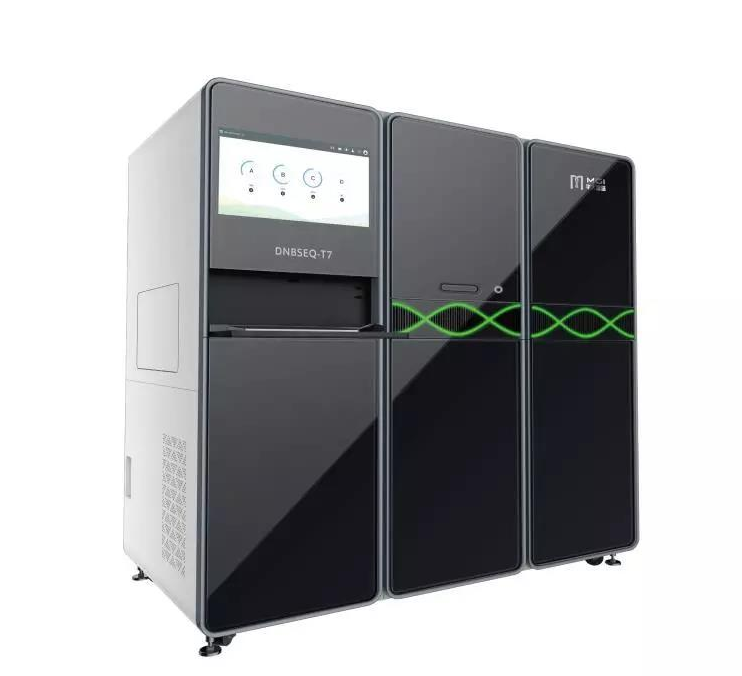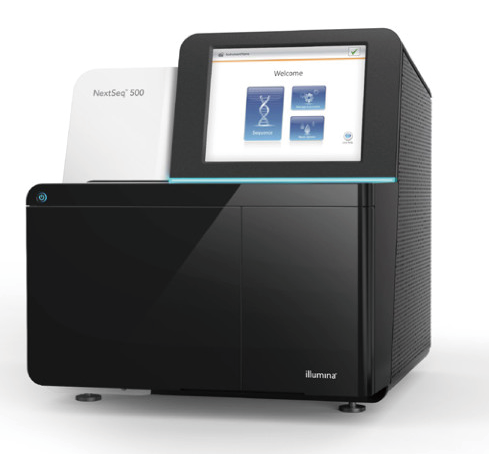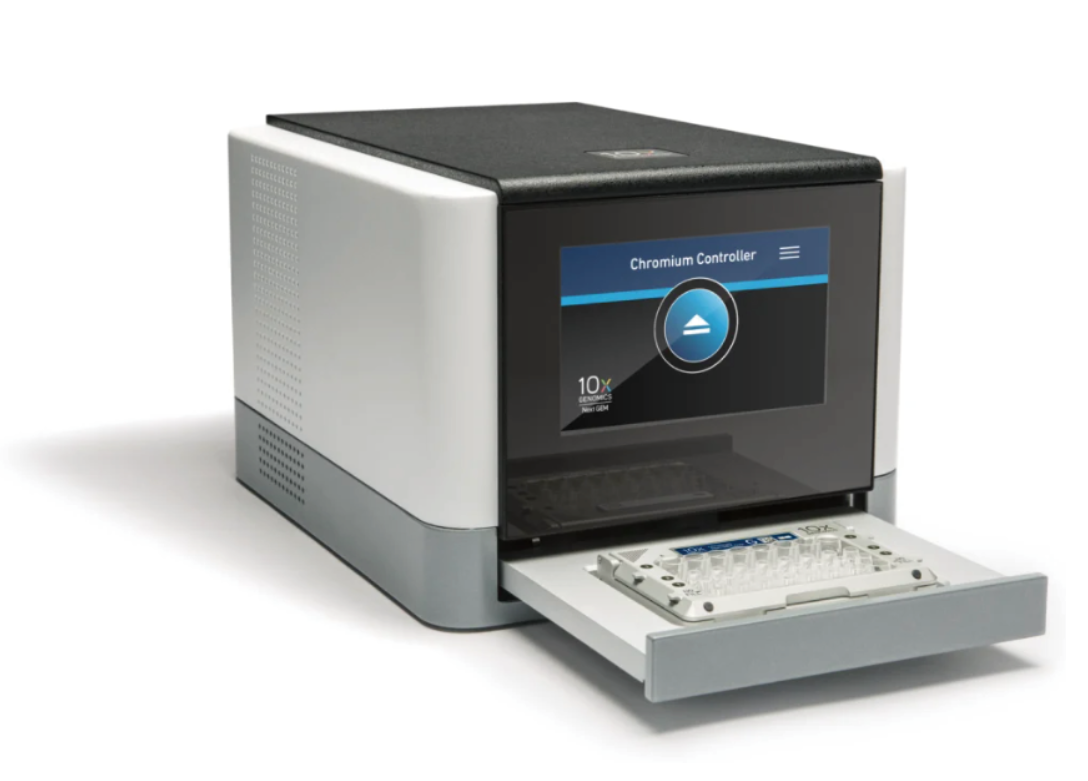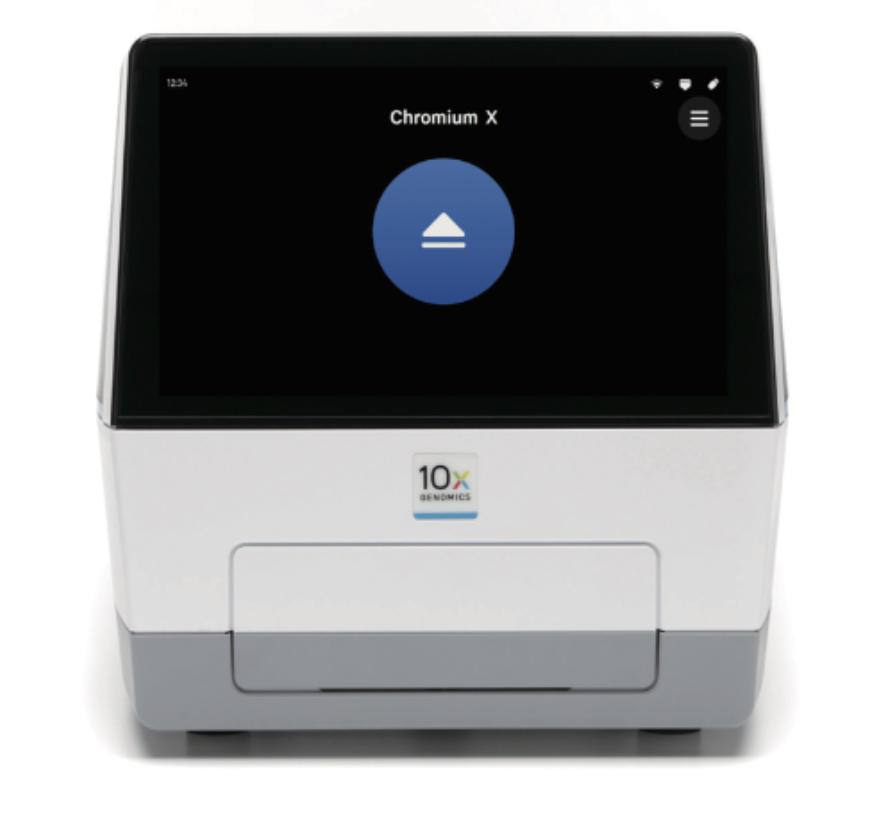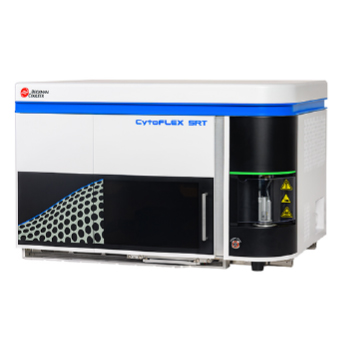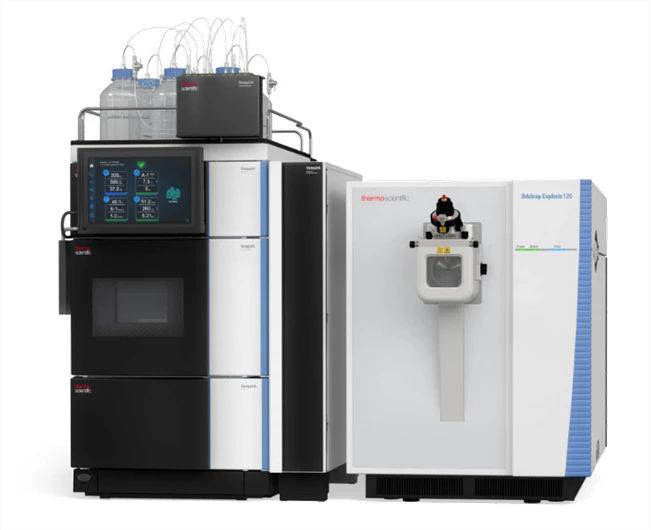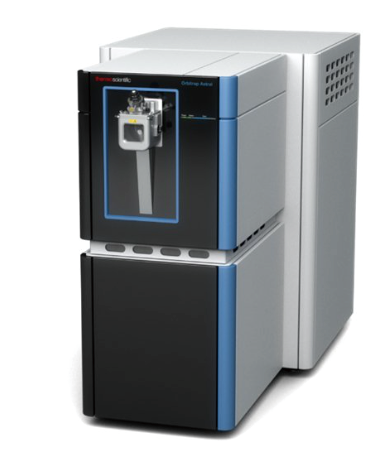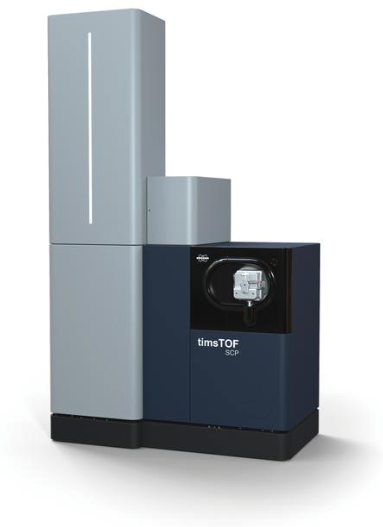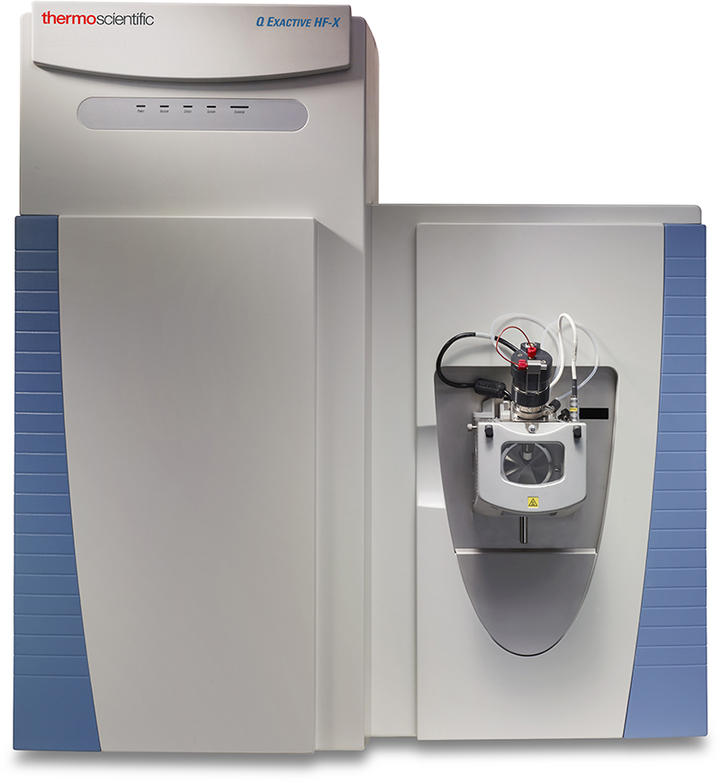Abstract:
Within the larval period of Eriocheir sinensis, there is pronounced morphological changes upon the molt from the
fifth zoeae (Z5) to megalopae (M), and low survival rate exists during this transition, which is typical in crab species. RNA sequencing was applied to Z5 and M of E. sinensis, resulting in the discovery of 19,186 unigenes and 652 differentially expressed genes (DEGs, 3.40% of the unigenes). The important metabolic pathways that might play roles in the larval development of E. sinensis from Z5 to M were detected to be 'Xenobiotics Biodegradation and Metabolism (8.16%)', 'Metabolism of Cofactors and Vitamins (6.70%)', 'Lipid Metabolism (6.36%)', and 'Amino Acid Metabolism (6.28%)'. Further, 19 DEGs possibly contributing to the morphological and sensory capability changes of the larvae were identified, like multiple copies of cuticle protein genes, retinaldehyde-binding protein1 (RLBP1), envelope protein (Envelope) and hormone-related gene ecdysteroid-regulated 16 kDa protein(ESR16). Moreover,62DEGs were identified to be related to carbohydrate,lipid and protein digestion and metabolism, such as glucose dehydrogenases (GDHs), lipases (LIPs) and serine proteases (SPs). Among these DEGs, more genes related to the substance metabolism were found up-regulated in Z5 than M, suggesting that more
energy might be essential to be released for Z5 to complete the transition into M. Characterization of the crucial DEGs by real-time quantitative PCR re-conformed their expression pattern. This study provides the first genome-wide transcriptomic analysis of E. sinensis Z5 and M for studying the molecular basis of the larvae metamorphosis and nutrition metabolism.




